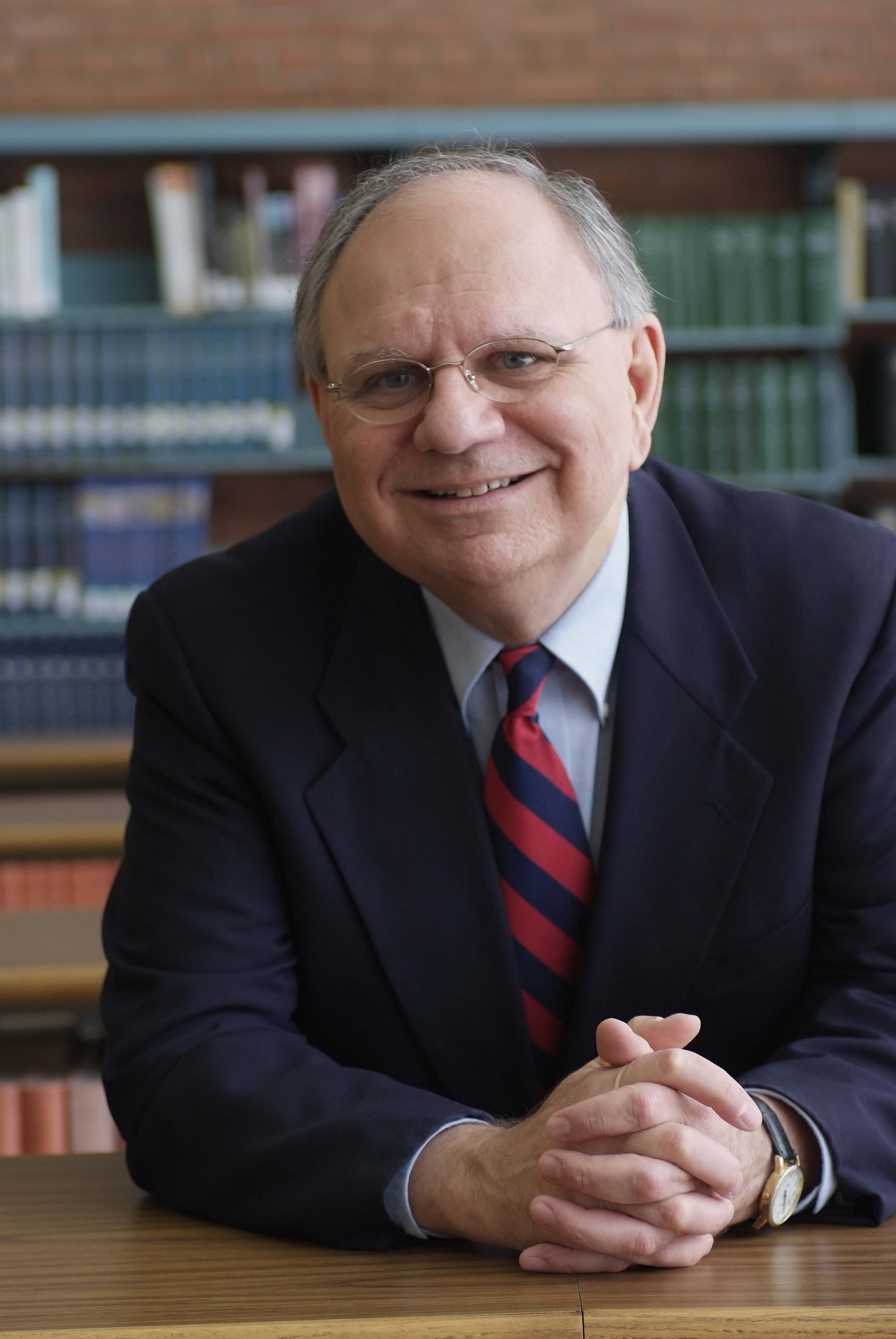
The Rev. Lovett H. Weems Jr.
Photo courtesy of Wesley Theological Seminary.
Photo courtesy of Wesley Theological Seminary.
Few reliable statistics were easily available. Working in partnership with the United Methodist Board of Pension and Health Benefits (now Wespath Benefits), the center opened a window on an alarming trend that illustrated the very low percentage of young clergy. The national news coverage of the initial report, well beyond denominational or even church media, showed how shocking the figures were then.
There followed a range of local initiatives from bishops, conferences and boards of ordained ministry. The United Methodist Board of Higher Education and Ministry’s Division of Ordained Ministry brought together those wanting to make a difference from across the denomination to share ideas.
Legislative changes were also made to help both with the framing and the process of entry into ordained ministry. In 2012, the General Conference approved the Young Clergy Initiative and budgeted $7 million for the quadrennium. It was reapproved for approximately the same amount in 2016.
Get more details
For more details on age trends among elders, including the conferences that have larger numbers of young elders, as well as the latest figures and trends for deacons and local pastors, read “Clergy Age Trends in the United Methodist Church, 1985-2020.”
After reviewing the statistics over the years since the first report, which by coincidence marked the low point for the number and percentage of young elders (2005), we can identify distinct chapters in the changing presence of young elders.
2006 – 2016: Growth
The number of young elders grew gradually but steadily through this period. While the number of male young elders decreased, the number of young female elders provided the gains.
2016 – 2018: Modest Decline
The number of young elders declined modestly. There actually was a net gain of men by three with dramatic declines in women (51).
2018 – 2020: Major Decline
Even in the period of growth, there were ups and downs between one year and the next. However, what occurred since 2018 is of a different order.
Commentaries
UM News publishes various commentaries about issues in the denomination. The opinion pieces reflect a variety of viewpoints and are the opinions of the writers, not the UM News staff.
In 2020, the number of young elders came within 2 of reaching the previous low of 850 in 2005.
Interestingly, due to the overall decline in the total number of active elders in The United Methodist Church, the percentage of young elders in the pool of all active elders remains around 7%, up from the record low of 5% in 2005.
While many in the denomination are understandably discouraged about the overall decline in elders, it may be a positive sign that younger elders continue to be a significant though small cohort. It should also be noted that the percentage of young elders is lower than that of both young deacons and young licensed local pastors.
Weems was founding director of the Lewis Center for Church Leadership of Wesley Theological Seminary in Washington, and remains a senior consultant for the center.
News media contact: Vicki Brown, Nashville, Tennessee, (615) 742-5470 or [email protected]. To read more United Methodist news, subscribe to the free Daily or Weekly Digests.
Like what you're reading? Support the ministry of UM News! Your support ensures the latest denominational news, dynamic stories and informative articles will continue to connect our global community. Make a tax-deductible donation at ResourceUMC.org/GiveUMCom.



